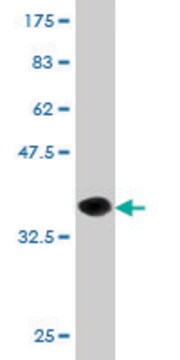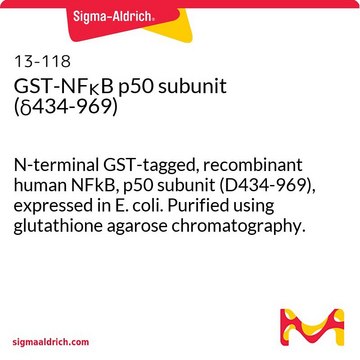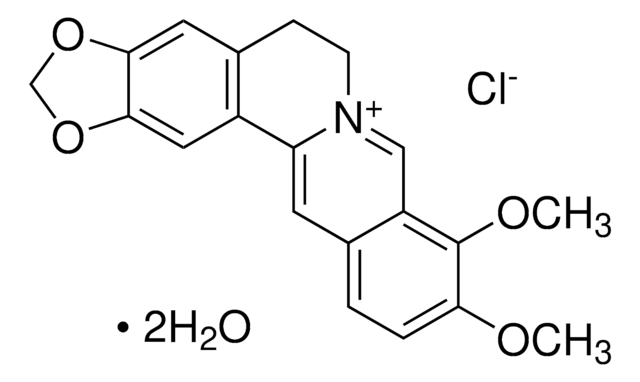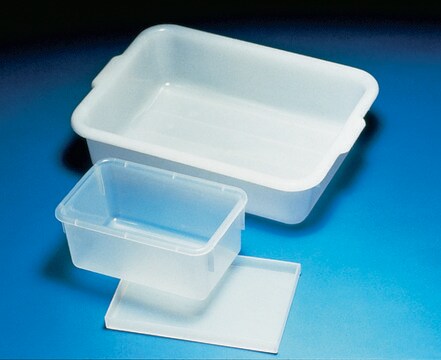MAB4051
Anti-Angiotensin Converting Enzyme Antibody, clone 9B9
clone 9B9, Chemicon®, from mouse
Synonym(s):
ACE, CD143, DCP1, Peptidyl-dipeptidase A, Peptidase P
About This Item
Recommended Products
biological source
mouse
Quality Level
antibody form
purified immunoglobulin
antibody product type
primary antibodies
clone
9B9, monoclonal
species reactivity
hamster, feline, human, monkey, rat
manufacturer/tradename
Chemicon®
technique(s)
ELISA: suitable
immunocytochemistry: suitable
immunohistochemistry: suitable
immunoprecipitation (IP): suitable
western blot: suitable
isotype
IgG1
suitability
not suitable for immunohistochemistry (Paraffin)
NCBI accession no.
UniProt accession no.
shipped in
dry ice
target post-translational modification
unmodified
Gene Information
human ... AGT(183)
General description
Specificity
Immunogen
Application
Immunocytochemistry: 1:100. Reacts with endothelial cell, macrophages (activated) and THP1 cells (monocyte line).
Immunoblotting: 1:100: ~170-180kDa isoform, reducing conditions.
Immunoprecipitation: 1:1,000-1:10,000
ELISA : 1:1,000
Visualization of lung vessels (Danilov et al., 1989; Klibanov et al., 1988; Hiemisch et al., 1993)
Antibody mediated drug delivery into the lung (Danilov et al., 1991, 1994; Muzykantov et al., 1994, 1996)
Estimation of lung vessel injury (Muzykantov et al., 1991; Atochina et al., 1992)
Structure-function of ACE (Danilov et al., 1994)
Optimal working dilutions must be determined by the end user.
Neuroscience
Hormones & Receptors
Physical form
Storage and Stability
Other Notes
Legal Information
Disclaimer
Not finding the right product?
Try our Product Selector Tool.
Storage Class Code
12 - Non Combustible Liquids
WGK
WGK 2
Flash Point(F)
Not applicable
Flash Point(C)
Not applicable
Certificates of Analysis (COA)
Search for Certificates of Analysis (COA) by entering the products Lot/Batch Number. Lot and Batch Numbers can be found on a product’s label following the words ‘Lot’ or ‘Batch’.
Already Own This Product?
Find documentation for the products that you have recently purchased in the Document Library.
Our team of scientists has experience in all areas of research including Life Science, Material Science, Chemical Synthesis, Chromatography, Analytical and many others.
Contact Technical Service







